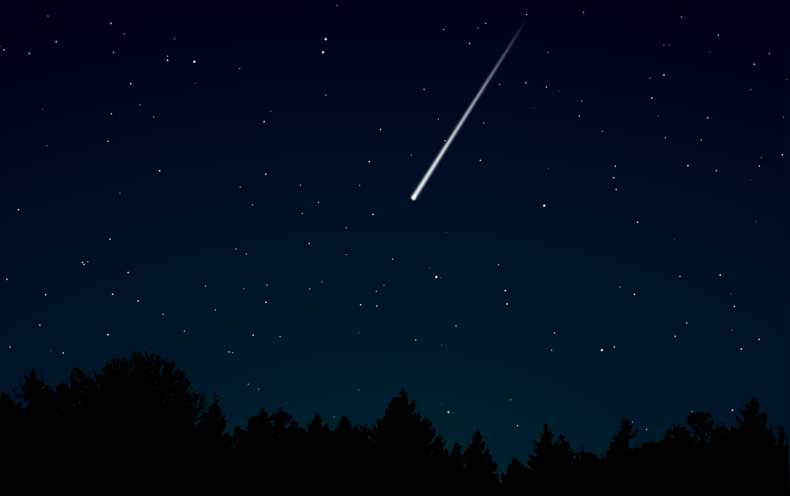
Meteor Spotted:
A “ball of fire” was seen shooting through the sky over Scotland and Northern Ireland. Hundreds of people reported seeing the “shooting star” across the UK at about 22:00 on Wednesday. Scientists have worked with the footage captured by the public to determine whether the object was a meteor or space junk, and where it came from.
“Space rock that enters Earth’s atmosphere is called a meteor, and the fragments that survive the journey to reach the ground are called meteorites.”
It was claimed that if it reached earth, it would have landed in the south sea of the Hebrides.
Objects that are made by man – such as satellite parts, are called “space junk.” There are around tens of thousands of pieces of “space junk” bigger than four inches. They can burn up like meteors as they enter the atmosphere of Earth.
According to experts –
- The object seen burning through the atmosphere was definitely a “meteor”.
- 800 witness reports were recorded from the United Kingdom and Ireland.
- UK meteor network “The object came to a stop between 31 miles and 62 miles (50-100 km) west of Islay.”
- “It came in an asteroidal orbit, and entered the atmosphere at 14.2km/s,” the network tweeted. “The observation portion of the trajectory is covered by over 300 km.”
- If any meteorites had fallen, they would have ended up in the ocean.
- Experts said, “They are 100% confident that it was a small part of an asteroid.”
Kevin Morgan, from the UK Meteor Network, said “the speed it was traveling at could indicate it was a space junk”. After questioning whether it could have been part of Elon Musk’s SpaceX program, the network citizen scientists tweeted: “we have checked the Starlink de-orbit and it would not have come anywhere near the United Kingdom”.
“At this point, we cannot find any known space junk or satellite deorbit that could account for this fireball. We are looking at the data again”
The International Meter Organization said the majority of witness reports were from central Scotland, but there were also sightings from the Black Isle and Kinnaber in the east, near Montrose, and as far south as London. Initial calculations showed the object was traveling NNE and could have landed in the Atlantic Ocean “south of the Hebrides”.













